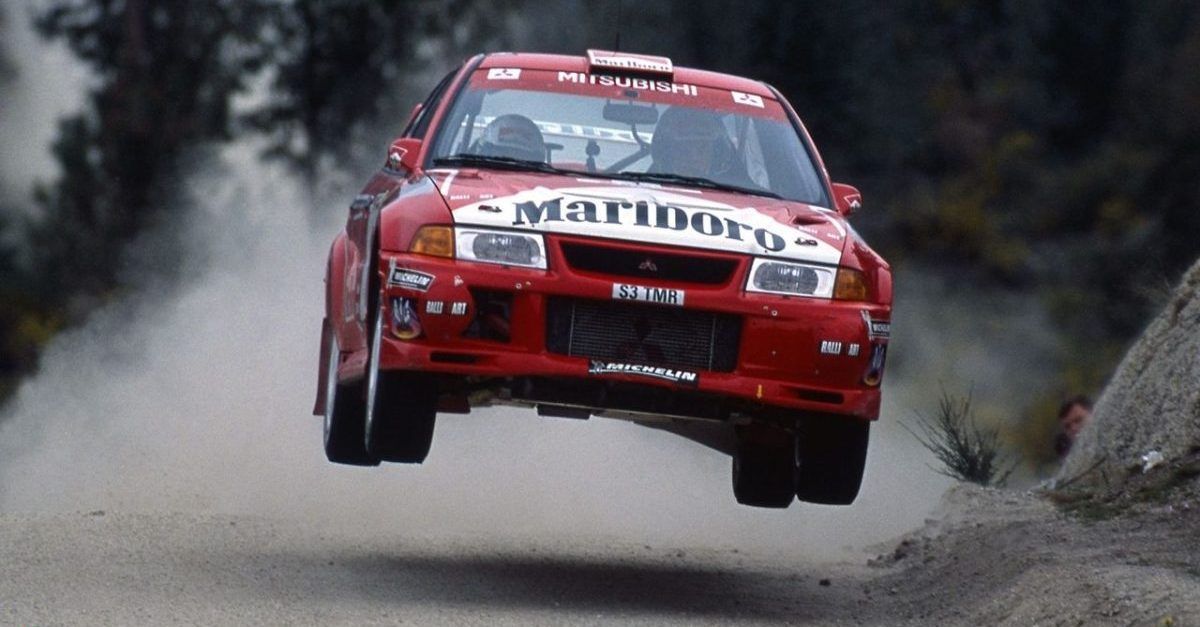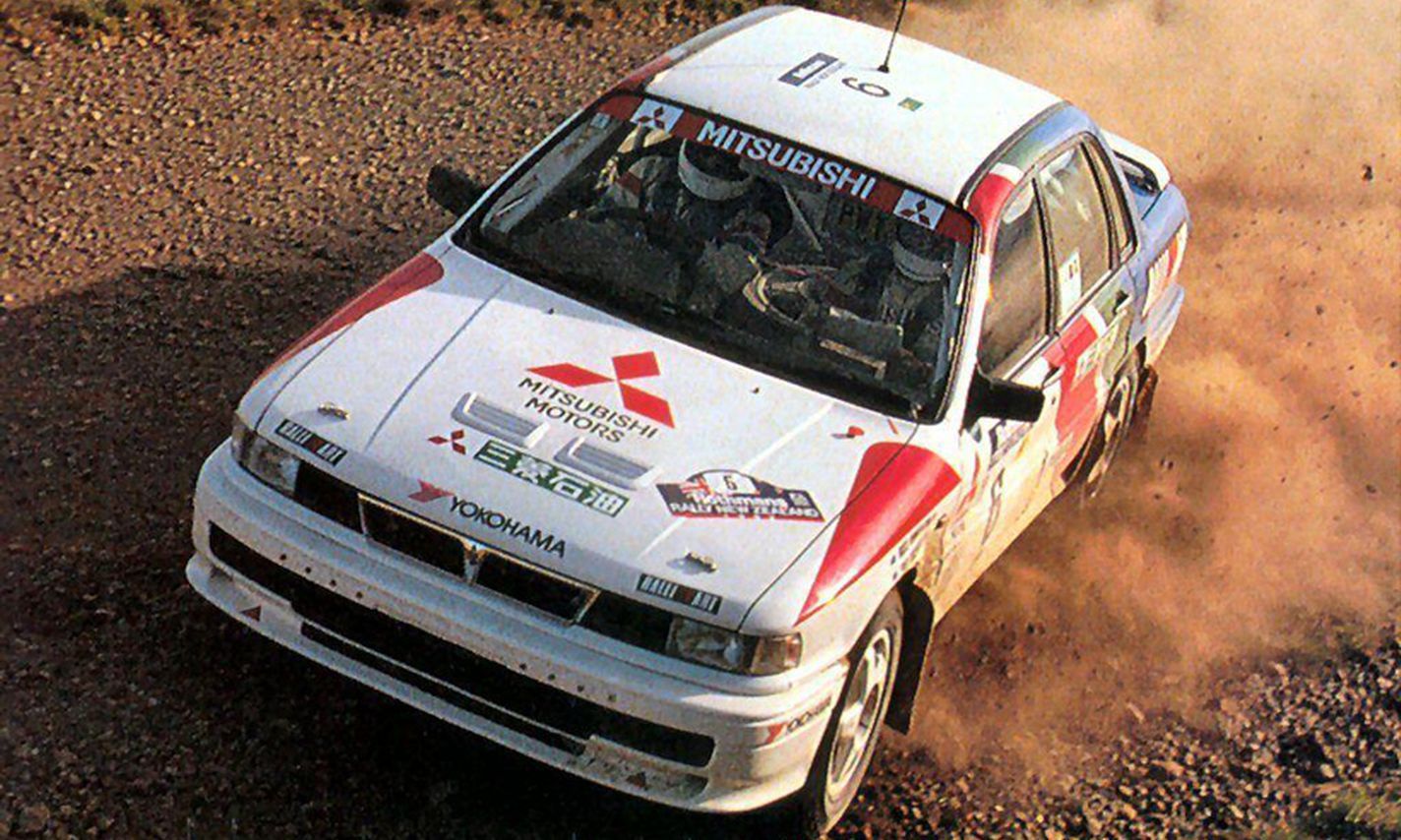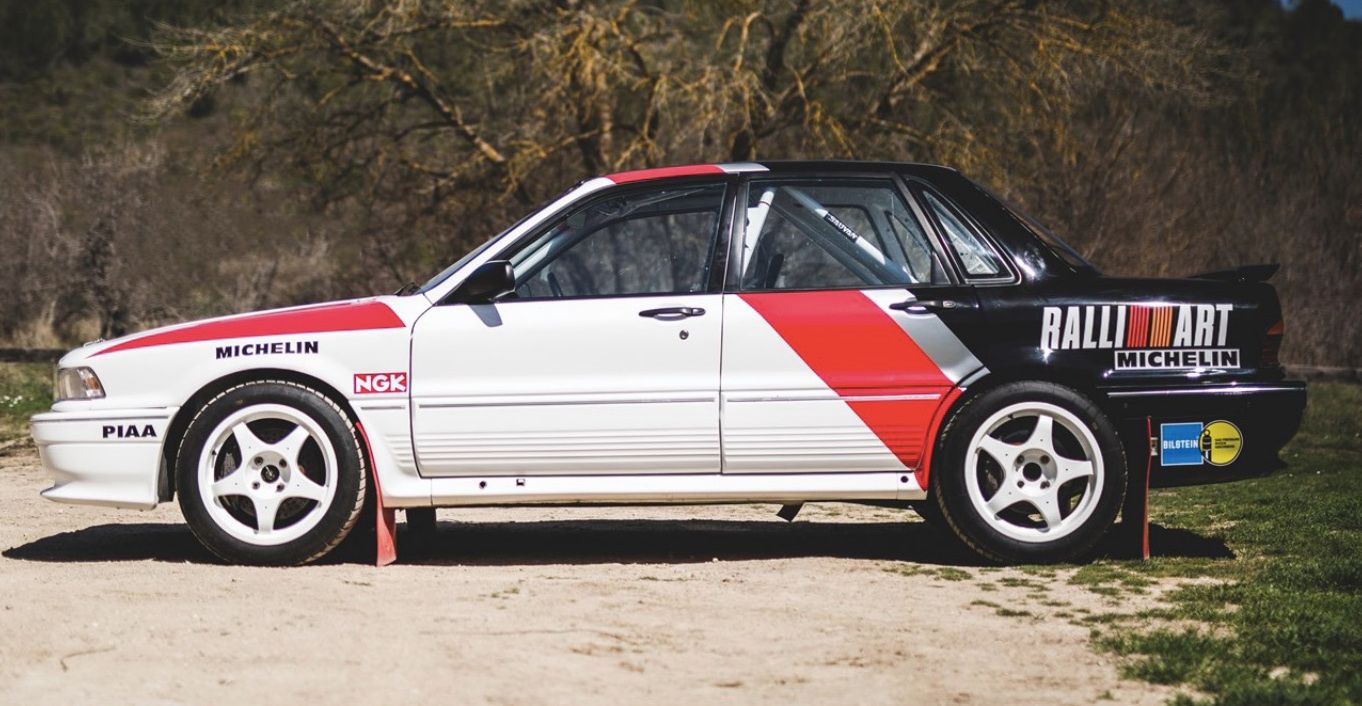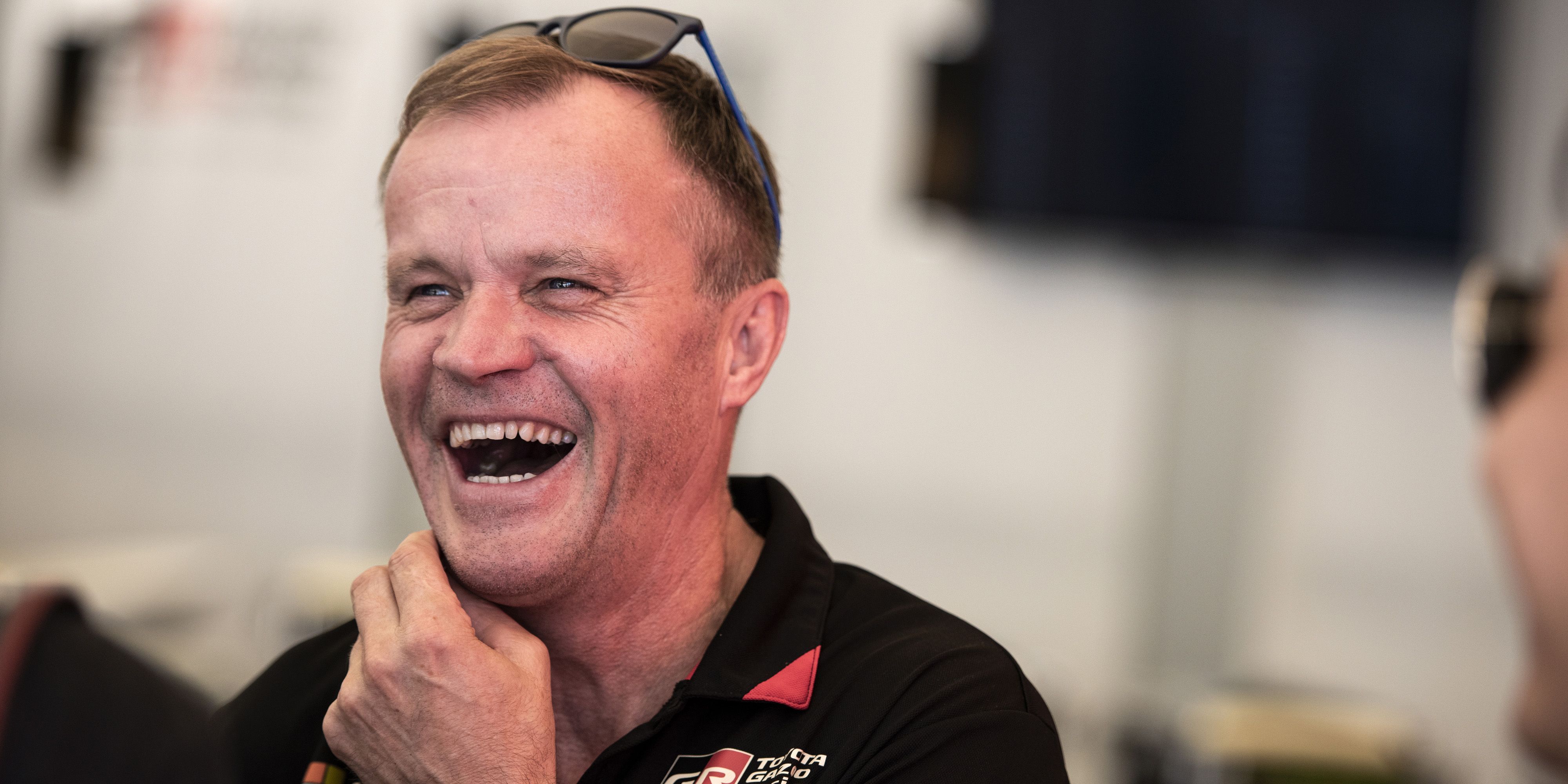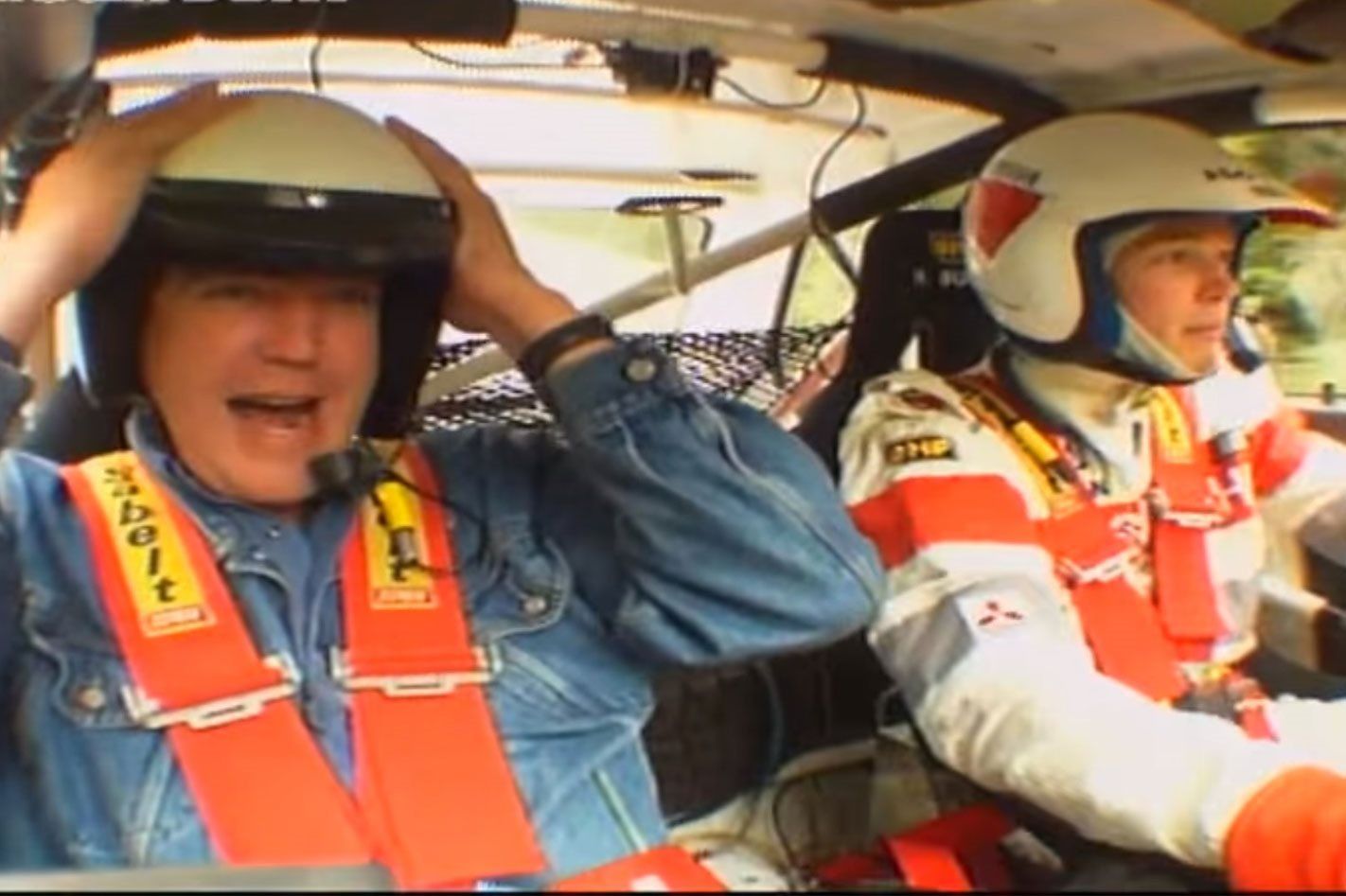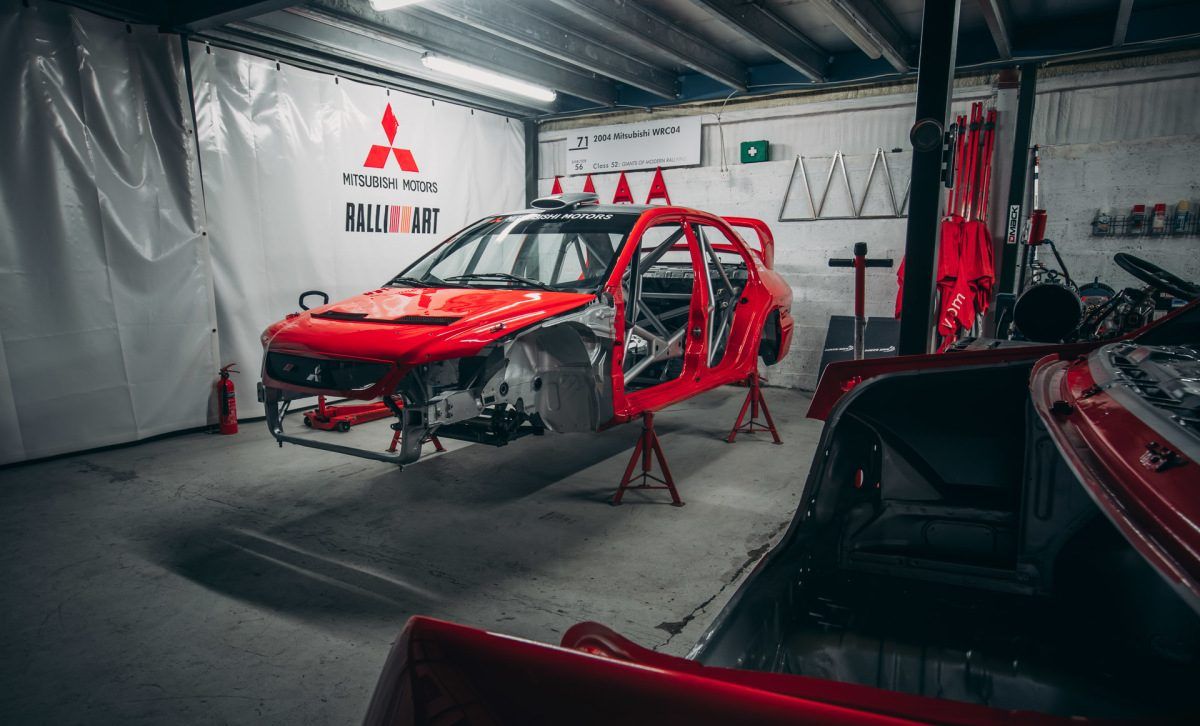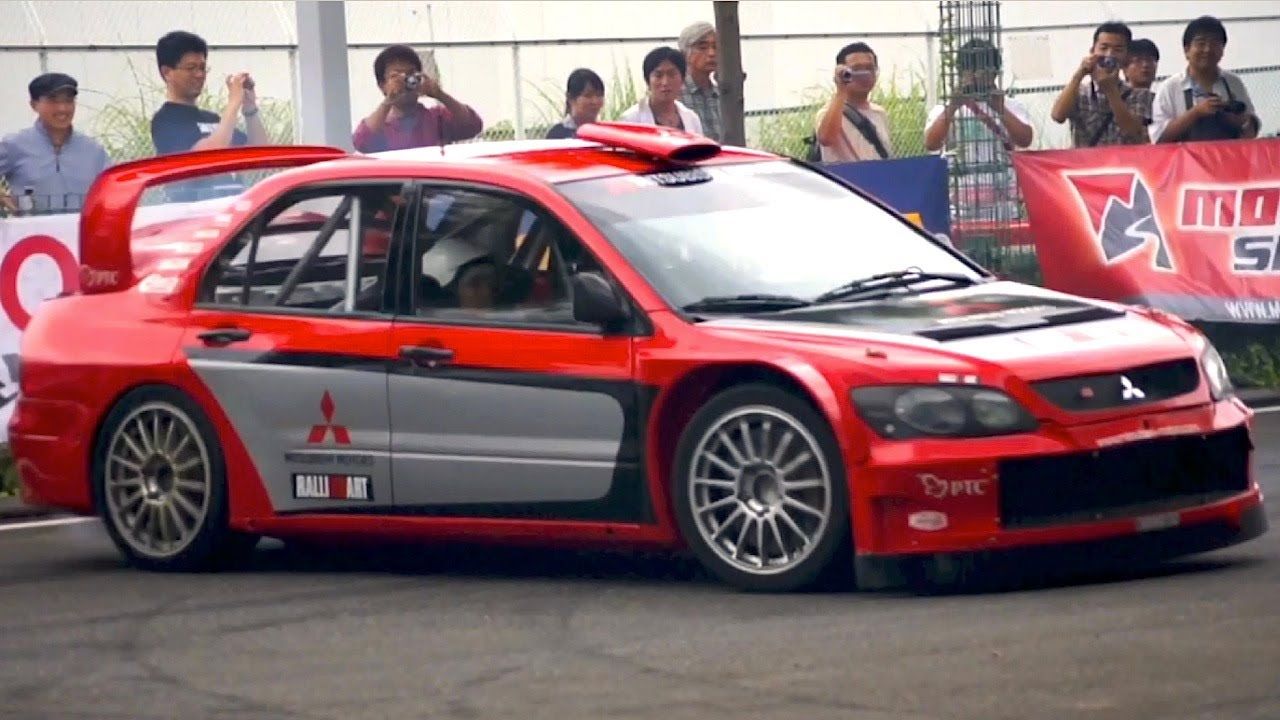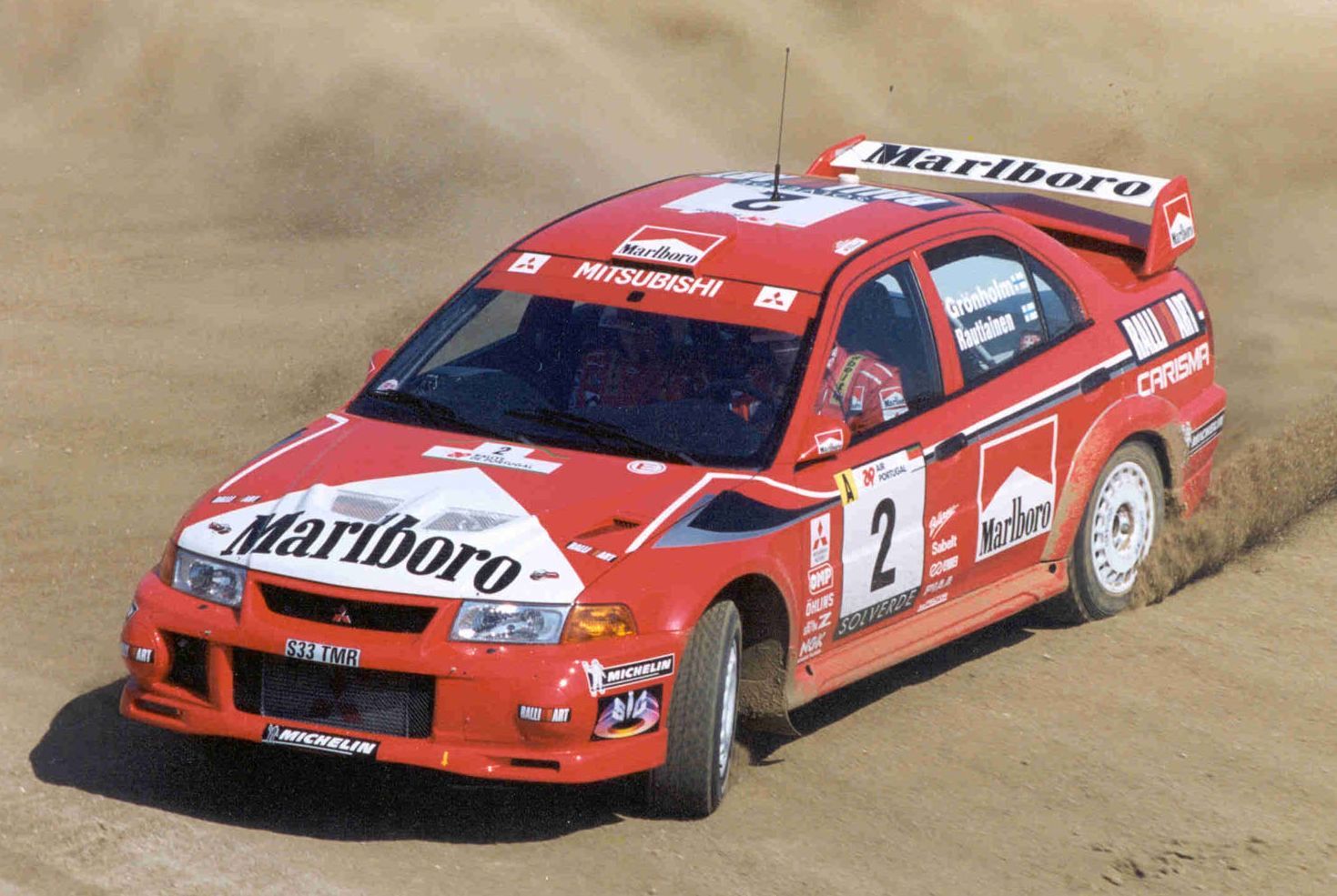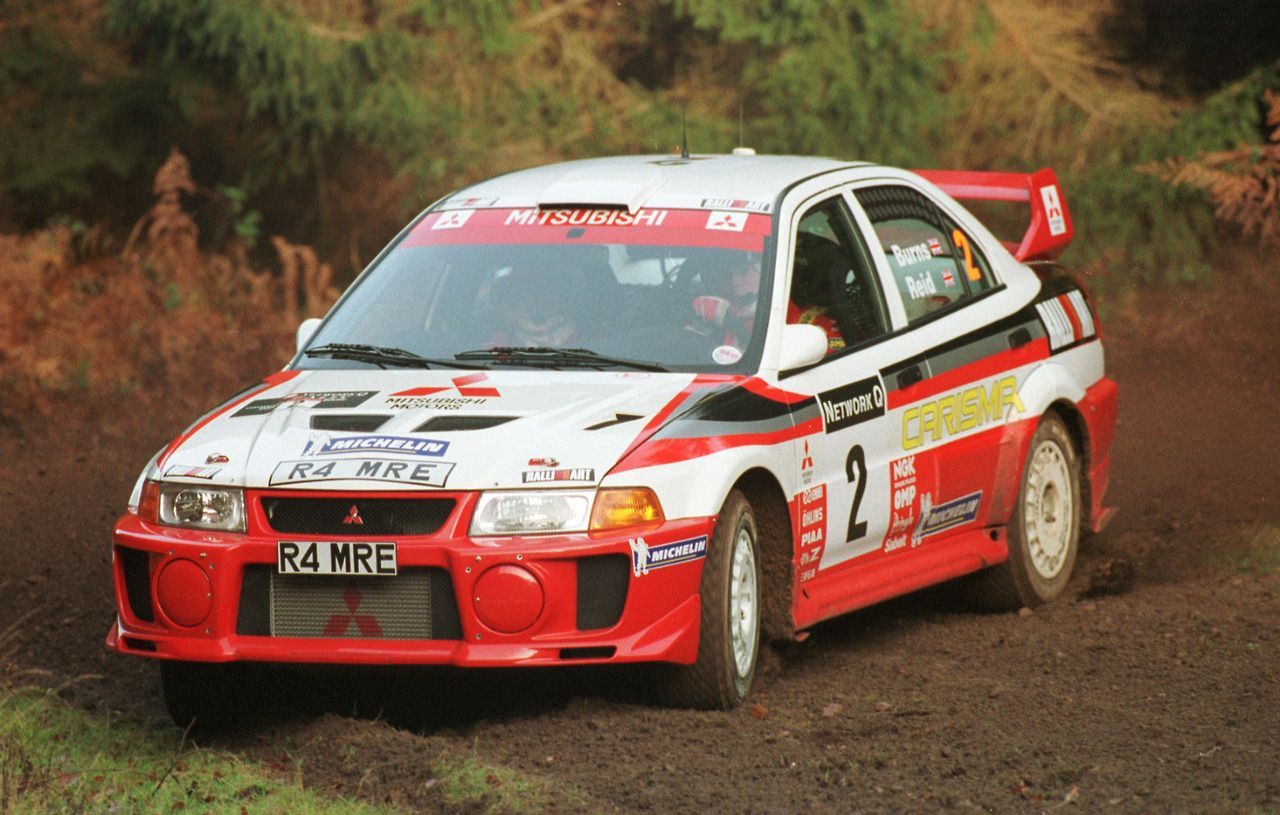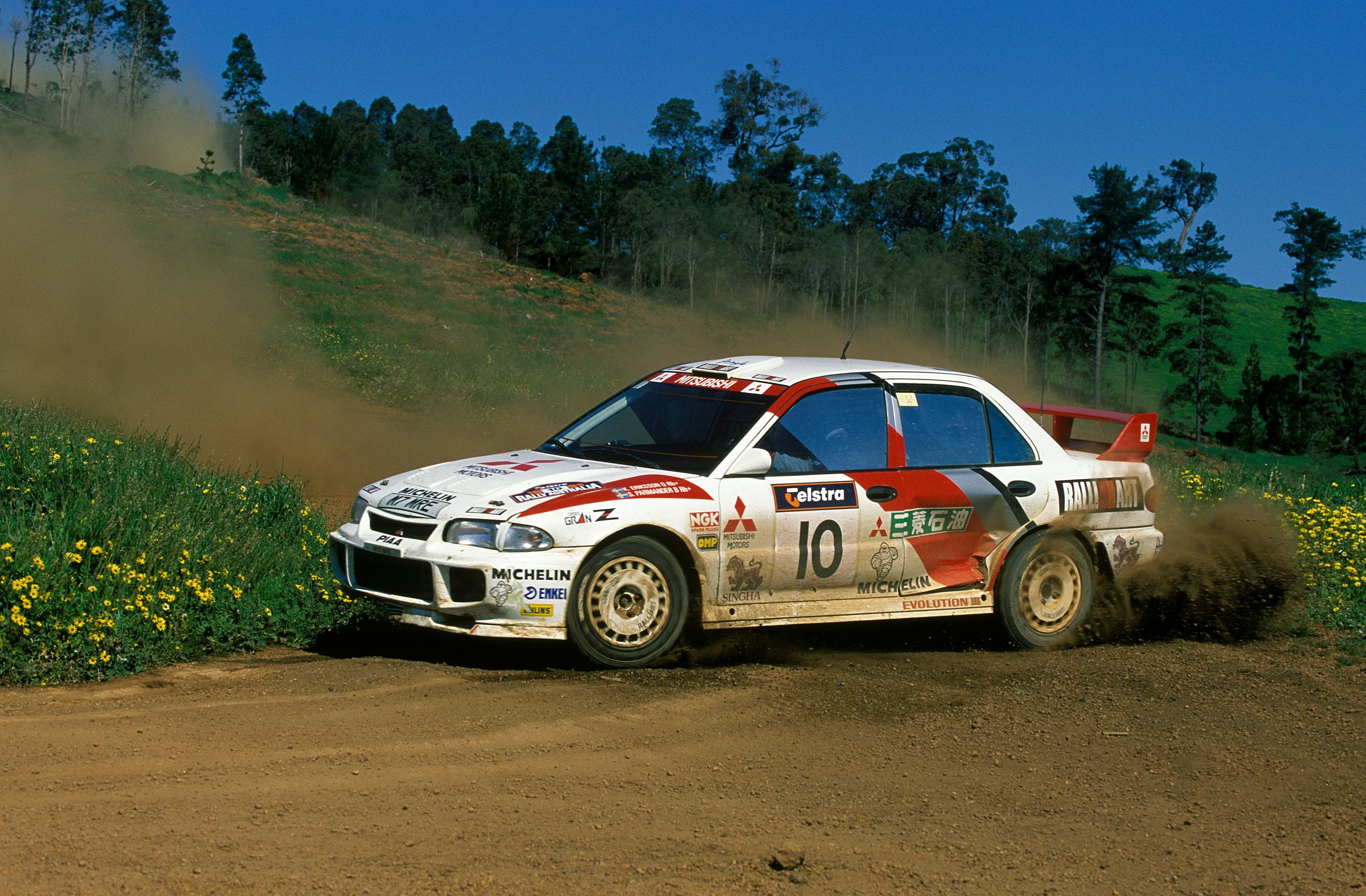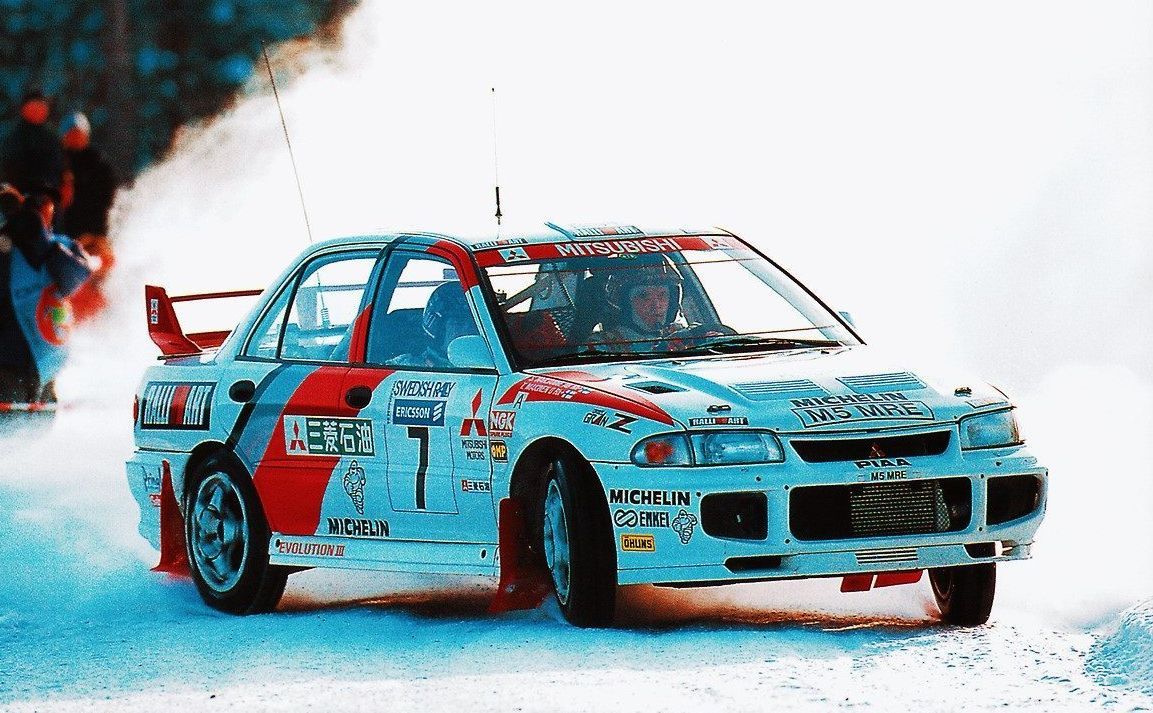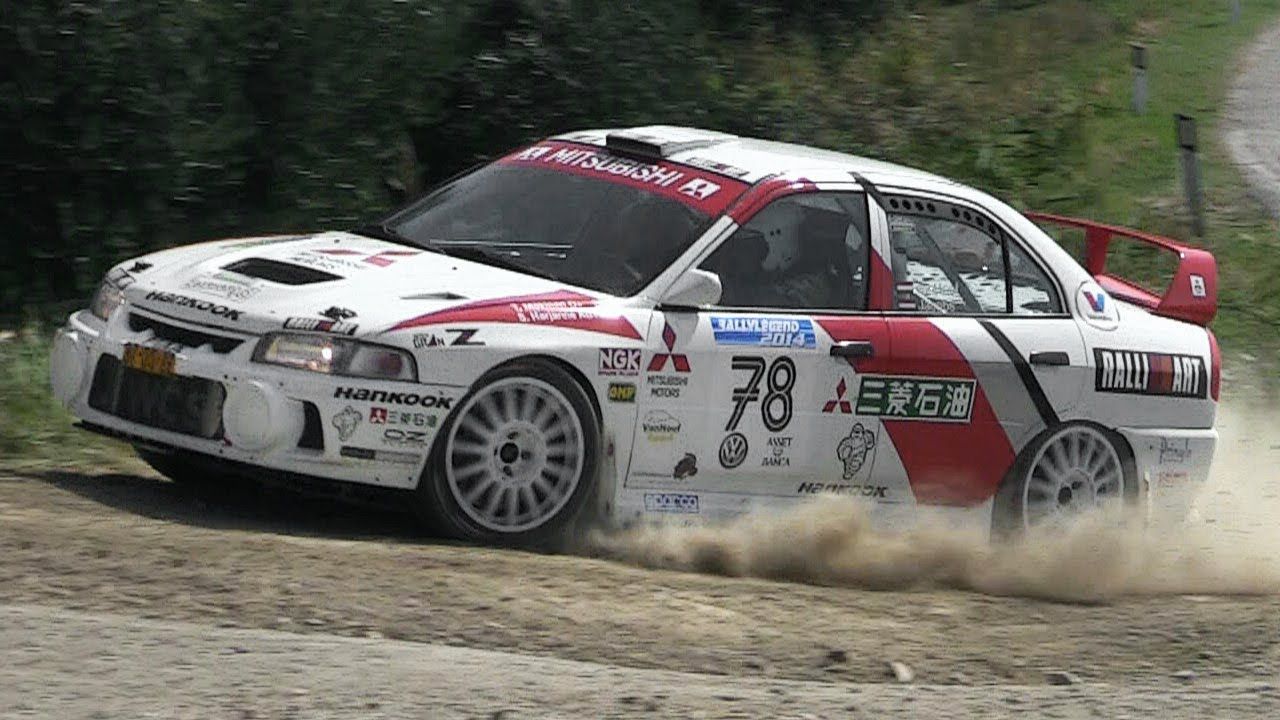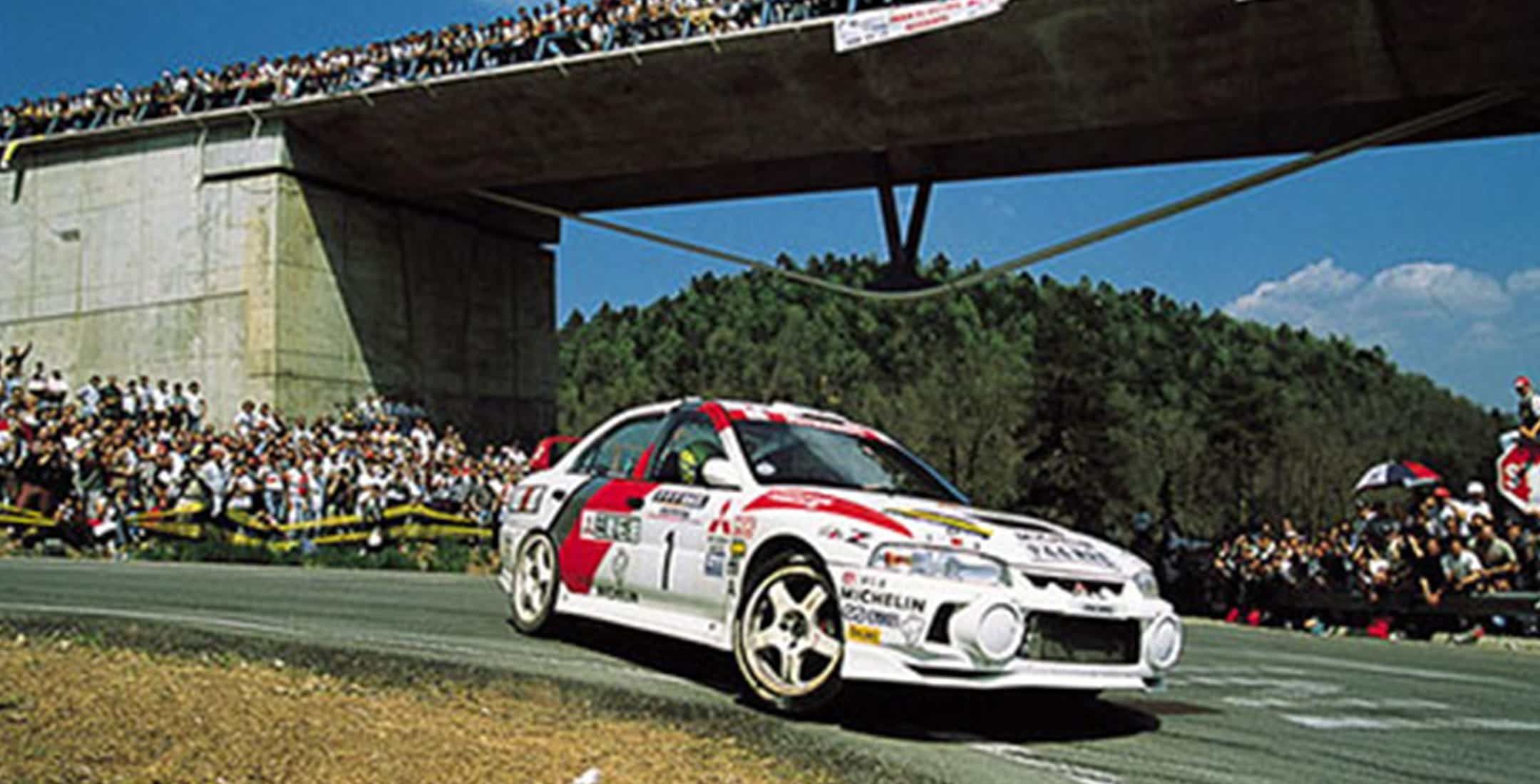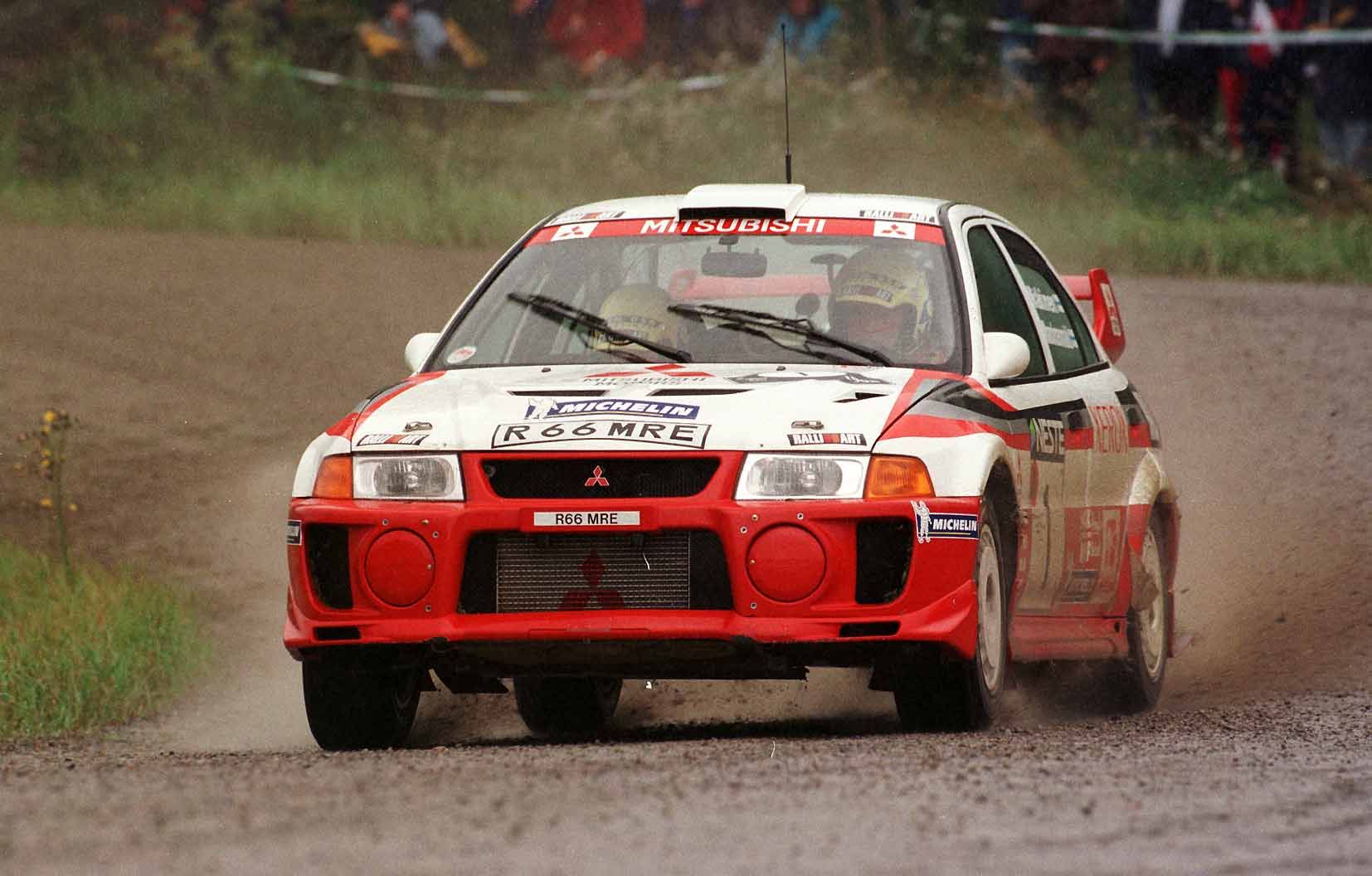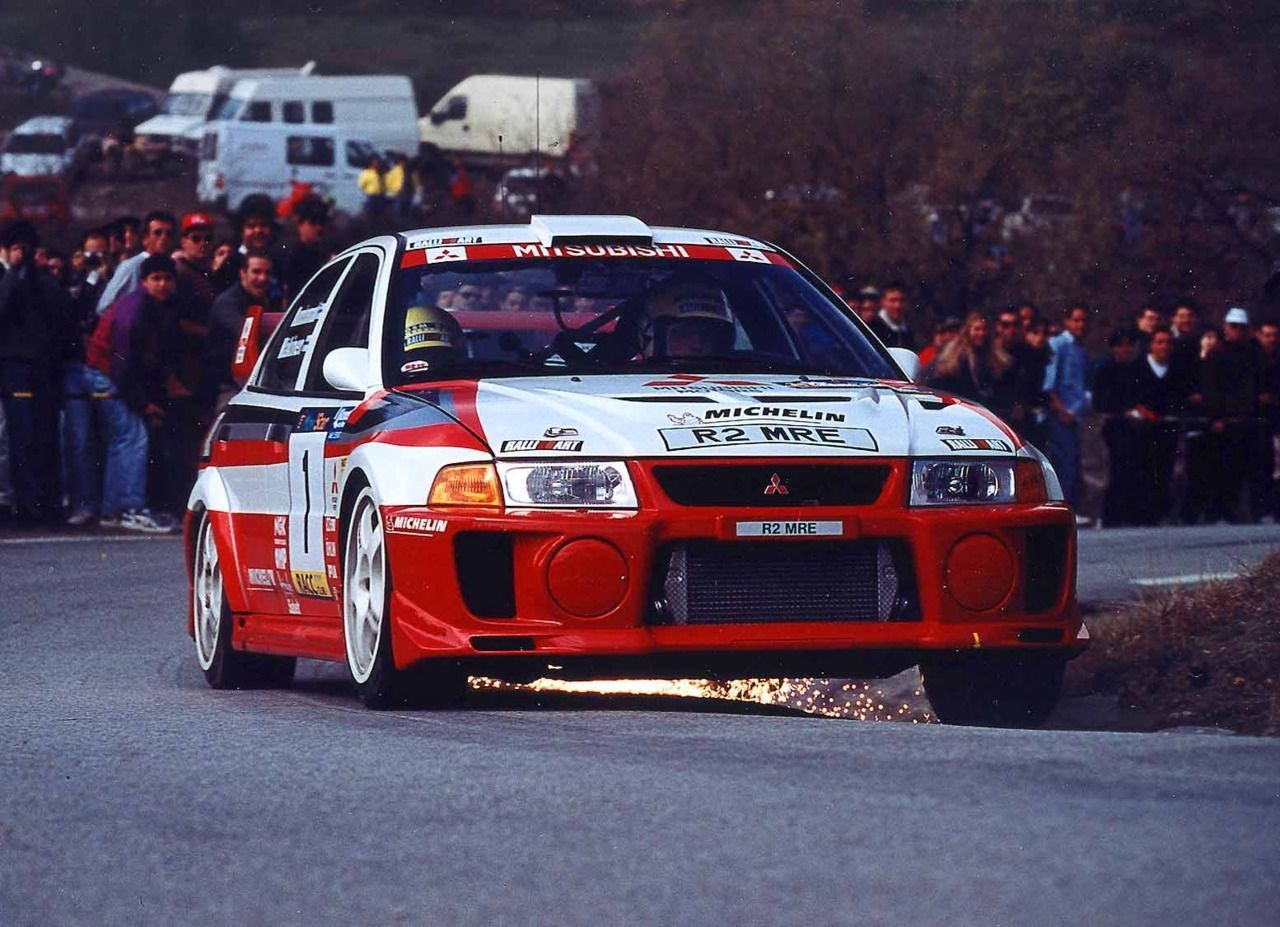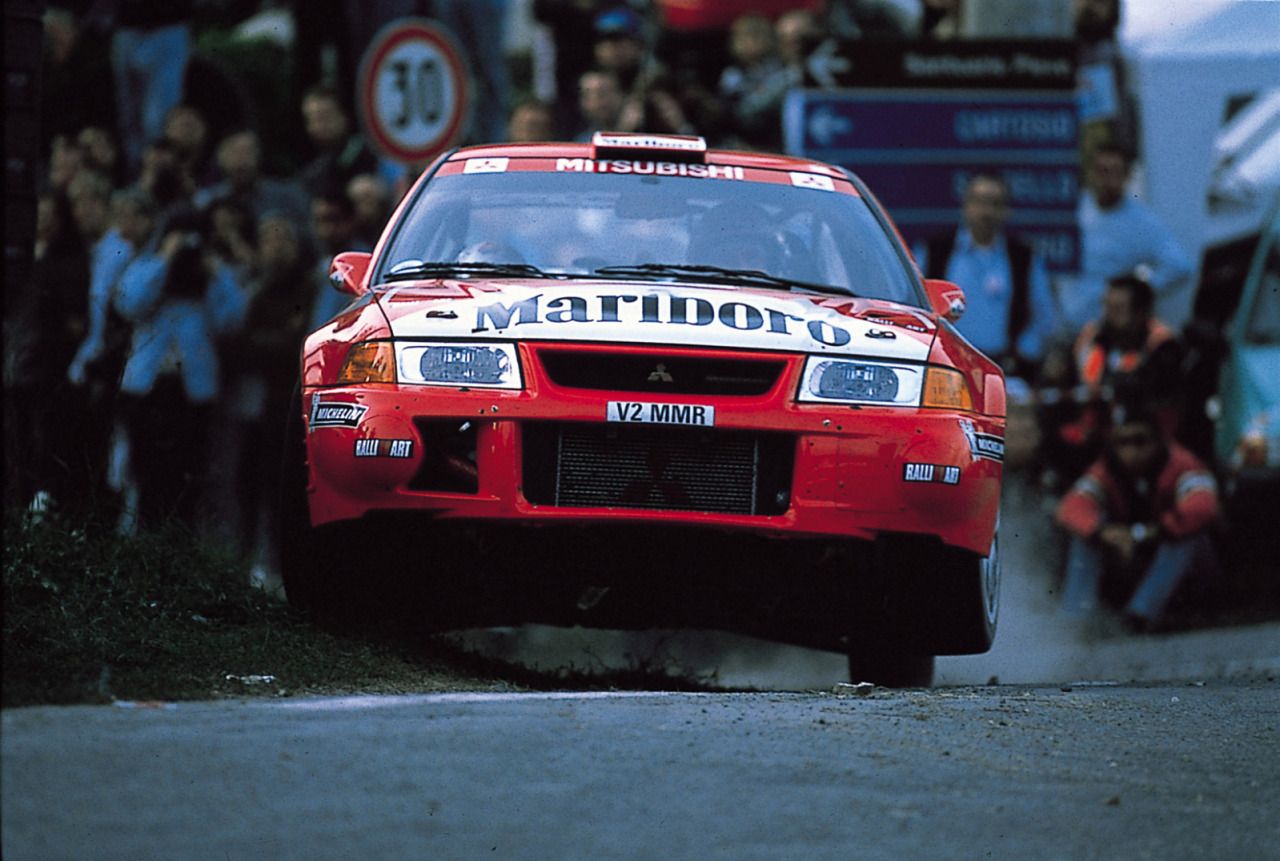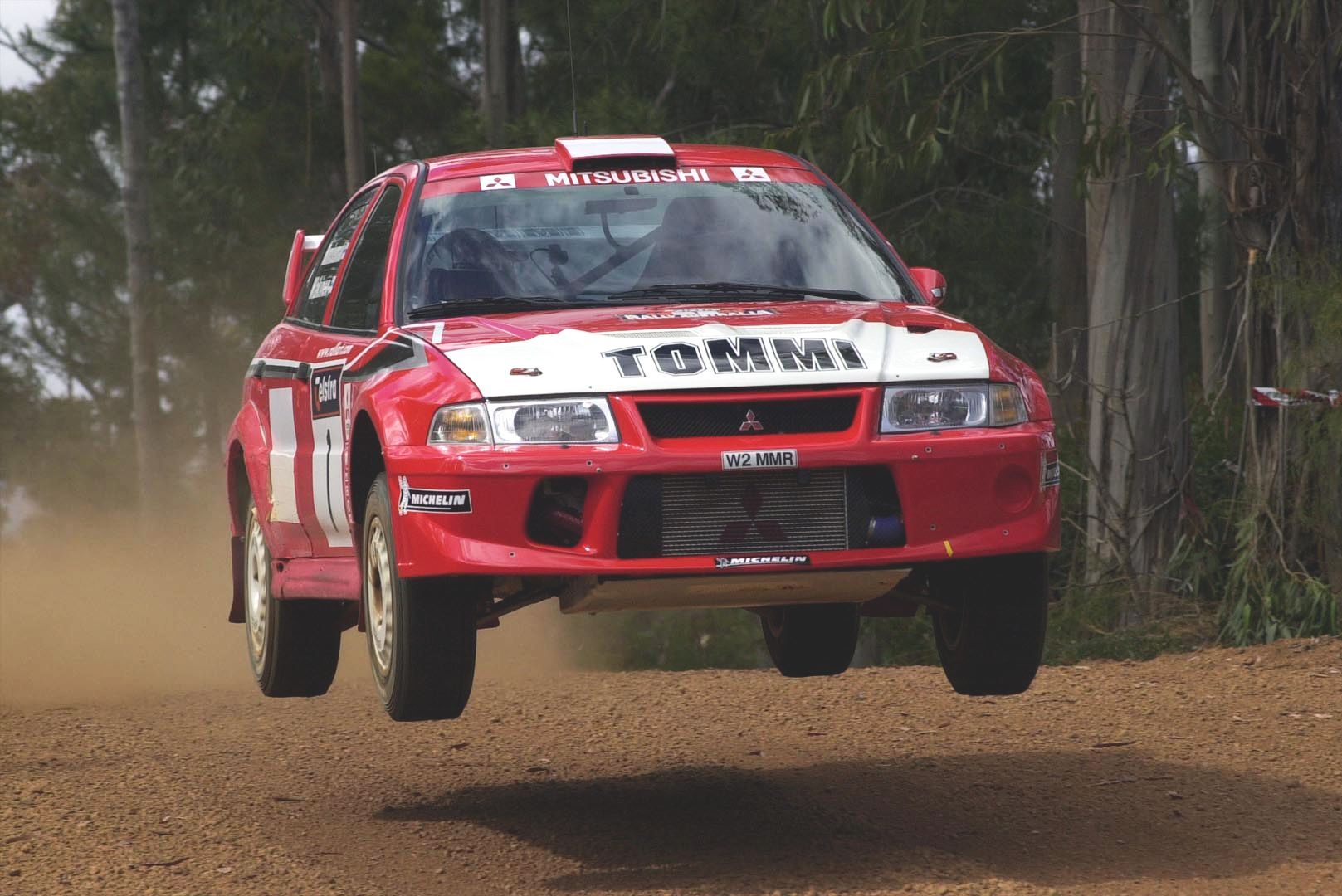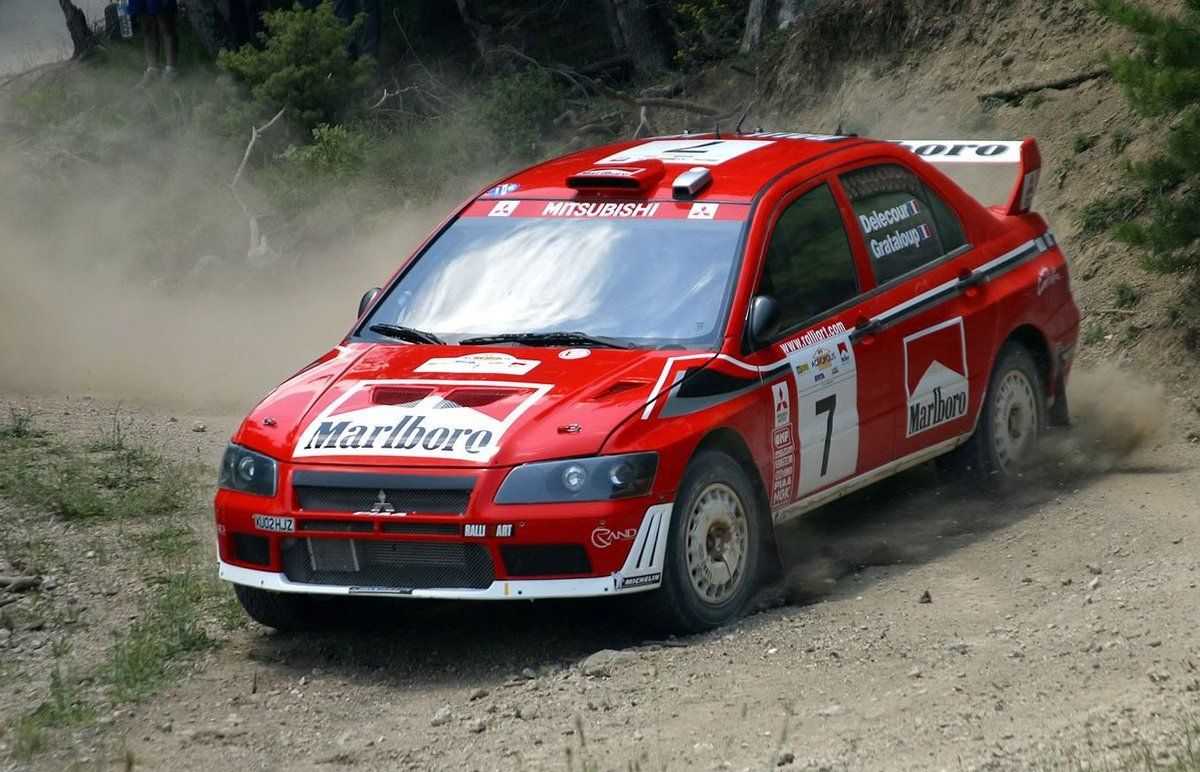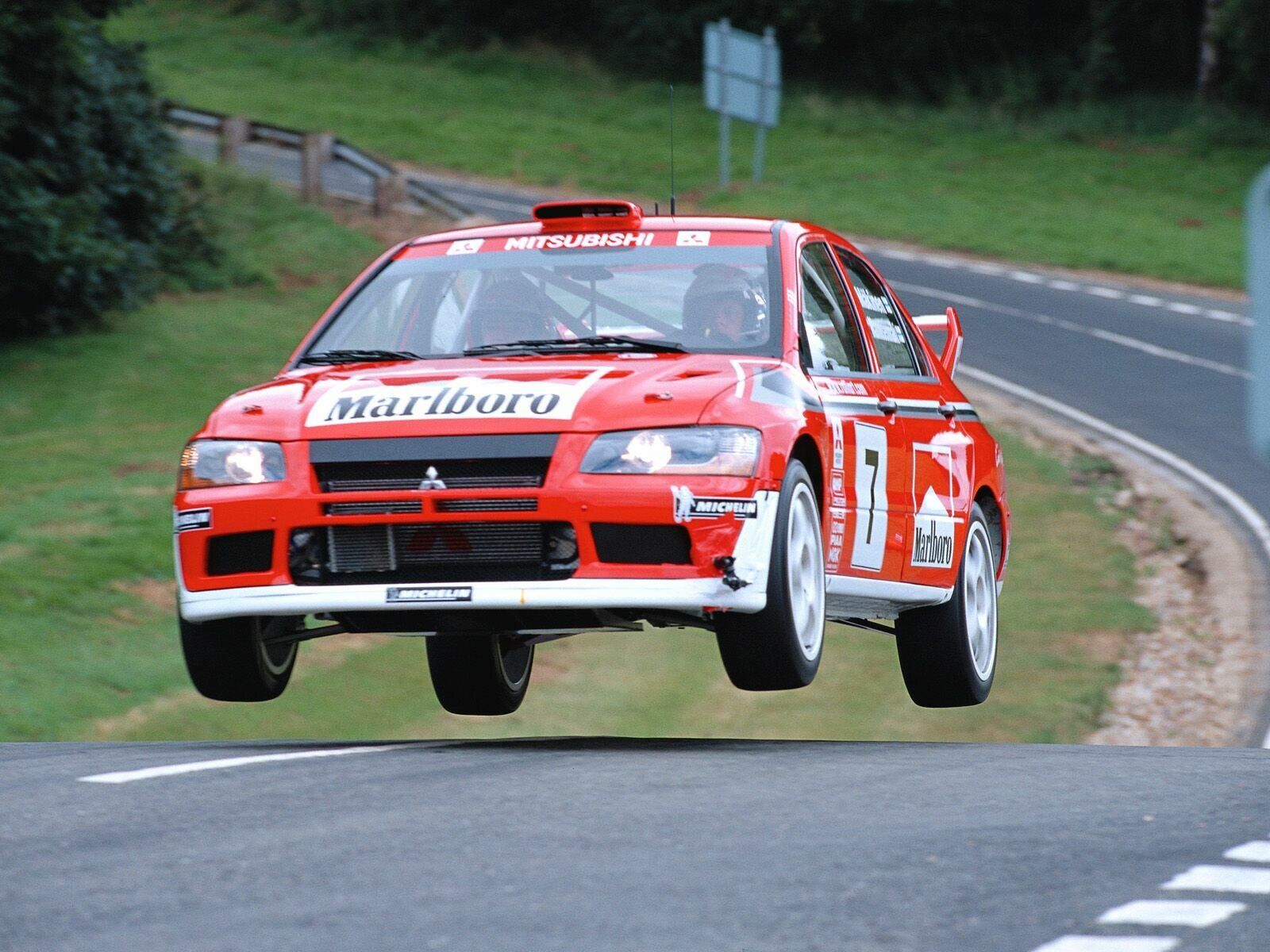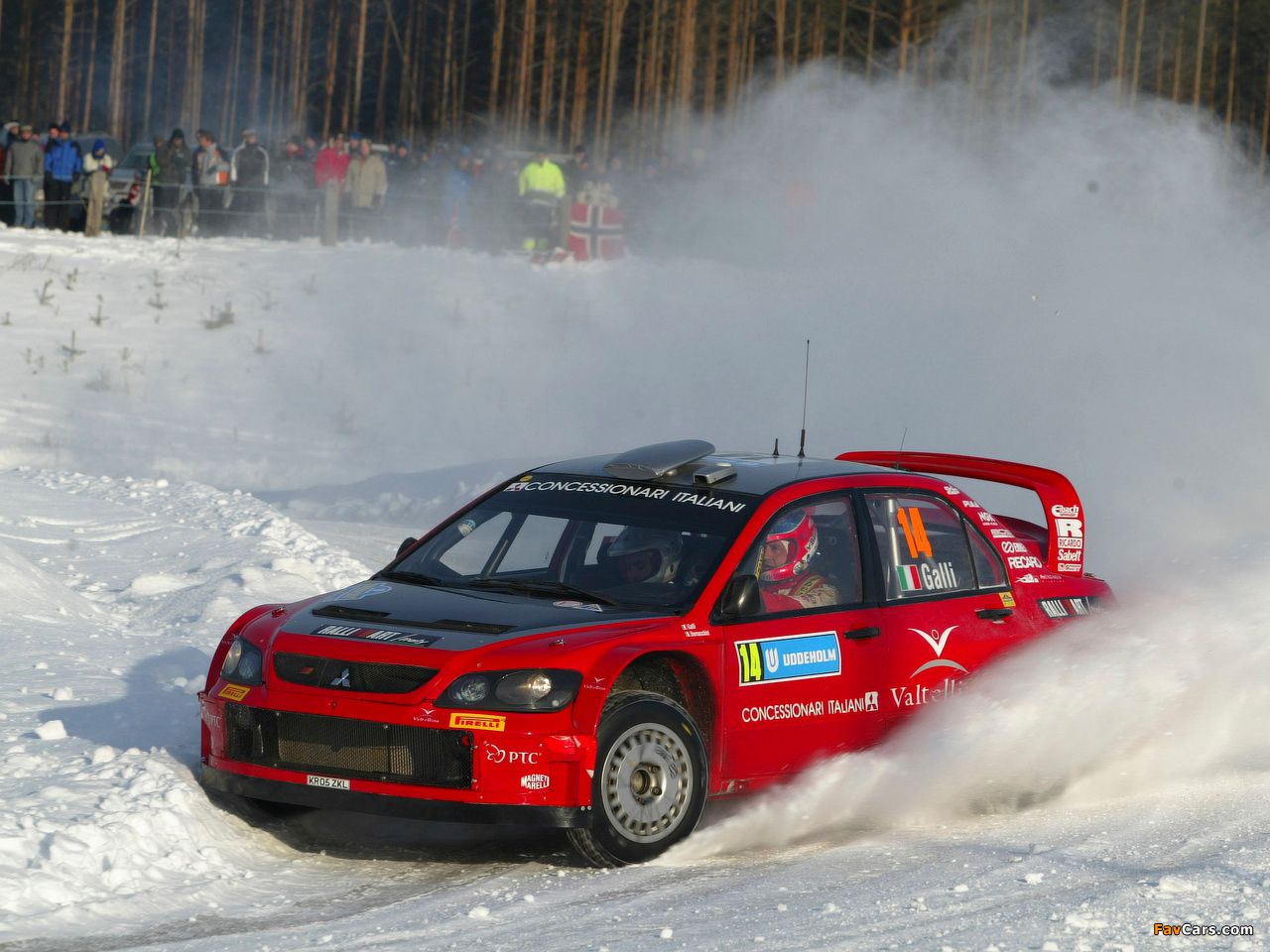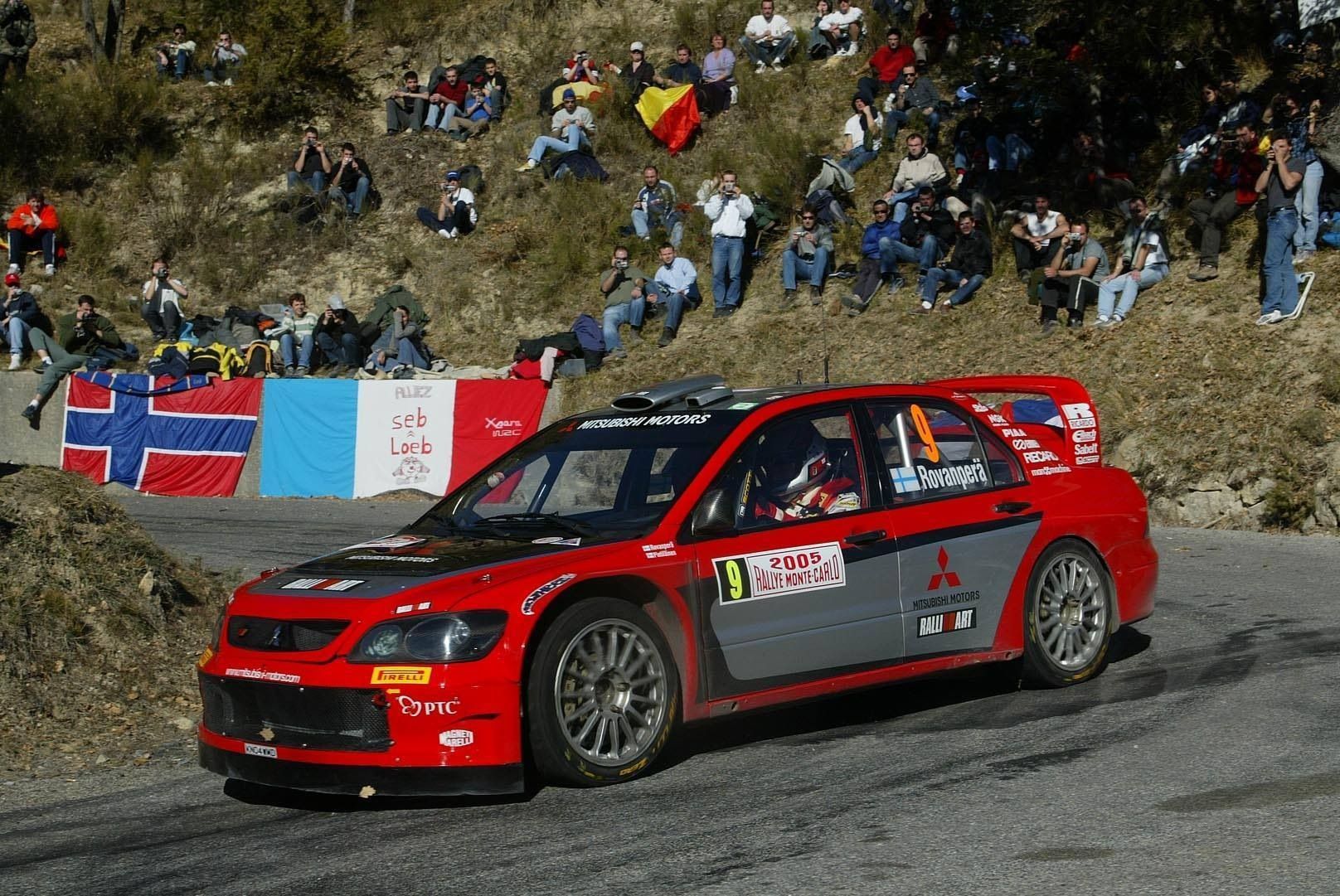Back in the 1990s, the FIA required car manufacturers to produce 5,000 road-going versions of their rally cars to be eligible to participate in the championship. The regulation was called Group A, which took over from the fast but highly dangerous Group B era in 1986.
This gave birth to the most successful period for Mitsubishi's rally program, with four straight drivers' championships from 1996 to 1999 and a constructors' championship in 1998, as well as their most successful sports sedan which was the Lancer Evolution.
While we're still wishing for the car to stage a comeback just like the Supra and the NSX, let's first look back at the versions of the Evo that ripped through the asphalt, dirt, and snow of the World Rally Championship.
10 The Predecessor
For those who didn't know, the Galant VR-4 was the first car to use the 4G63T engine and four-wheel-drive system present in the Lancer Evolution. It was a car ahead of its time, with four-wheel-steering, active yaw control, and dynamic electronic controlled suspension.
The Galant represented Mitsubishi in rallying from 1987 to 1992, winning six rallies in the process. However, by the end of 1992, Mitsubishi's rivals realized their 80s rally cars were getting too big for the tight and twisty stages of rallying, opting to use smaller cars. Mitsubishi soon followed suit, and thus the first Lancer Evolution was born.
9 Notable Drivers
Mitsubishi's majority of rally wins came from Tommi Mäkinen, winning 22 of his 24 career victories driving the Lancer Evolution rally car. He won the drivers' title four times while with the Japanese outfit and had an Evolution named after him to commemorate the huge success of Mitsubishi's rally program in the 90s.
Another famous Lancer Evolution driver was Richard Burns, one of the all-time greats of rallying. The Englishman helped Mitsubishi win their only manufacturers' title in 1998, and soon won himself a drivers' crown while driving for Subaru in 2001. Burns passed away from cancer in 2005.
8 Made in Europe
Contrary to the Lancer Evolution road car being made in Japan, the rally version was built and prepared in Rugby, Warwickshire, the headquarters for Ralliart Europe during its participation in the WRC.
Today, the R4-specification Lancer Evolutions are still prepared in the same UK base but under new ownership with MML Sports Ltd, and run by John Easton, one of Mitsubishi's Team Directors during their participation in the WRC.
7 Carisma GT
The Carisma was a family car produced by Mitsubishi for the European market from 1995 to 2004. During Mitsubishi's participation in the WRC especially in the Group A era, the Carisma GT was a rebadged Lancer Evolution in markets where the Lancer was not available.
The Carisma GT nameplate was used in the second car of Mitsubishi's works team from 1998 to 2001, and was first driven by Richard Burns. Freddy Loix and Toni Gardemeister took over driving the Carisma GT when Burns switched to Subaru in 1999.
6 Evo 3
The Lancer Evolution III made its debut at the 1995 Tour De Corse, with Kenneth Eriksson and Tommi Mäkinen leading the charge for Mitsubishi. This was the first season where the Lancer Evolution started to win rallies, with the first win courtesy of Eriksson in his home Swedish rally in 1995.
Further development of the car in 1996 and the coming of age of Mäkinen meant Mitsubishi took 5 wins out of 9 rallies on their way to their first drivers' championship. It was eventually replaced by the Evo IV for the 1997 season.
5 Evo 4
1997 saw Mäkinen use the Evo IV to successfully defend the drivers' championship. It was now based on the CN9A chassis and sits on a completely new platform compared to its predecessors. The result is a more balanced chassis and less torque steer.
The car took one more win in the 1998 season before it was replaced by the Evo V. It was also prominently featured in the PlayStation game Tommi Mäkinen Rally.
4 Evo 5
Mitsubishi continued to dominate the WRC with the arrival of the Evolution V. It had flared wheel arches increasing the width of the car and in turn, makes for a more stable car during asphalt rallies.
The Evolution V took Mäkinen and teammate Burns to 7 wins in 13 rallies, and eventually giving Mitsubishi their only manufacturers' championship to date.
3 Evo 6
Mäkinen yielded his final drivers' championship driving the Evo VI, with four wins in the 1999 season enough to secure his fourth title in succession. The car benefitted from the active differential that was newly introduced for this model.
The Evo VI and the 6.5 was retained by Mitsubishi as their weapon for the WRC for 2000 and 2001. However, the car has now shown its age as it remained limited to the Group A regulations, struggling to compete with the likes of the brand new Peugeot 206 WRC and the Subaru Impreza WRC. Mäkinen still managed to win rallies, but not enough to secure a driver's crown and a manufacturers' crown for Mitsubishi.
2 Lancer WRC
2001 saw Mitsubishi introduce their first rally car under the World Rally Car regulations with the Lancer WRC, which was the rally version of the newly introduced Evolution VII.
The new car proved to be less competitive than its Group A predecessor, and Mitsubishi couldn't repeat their previous successes with the Lancer WRC. Eventually, four-time Mäkinen left for Subaru at the end of 2001 and was replaced by Francois Delecour.
1 Lancer WRC05
The Mitsubishi Lancer WRC05 was the last rally car built by Ralliart Europe. It was based on the Lancer Cedia platform instead of the Evolution sports sedan.
A podium finish on the opening round in Monte Carlo saw the WRC05 as a competitive car, with a further podium finish in the final round in Australia meant Mitsubishi was on the right track in developing the rally car. However, the team pulled out of the WRC at the end of 2005, and the WRC05's full potential was not realized. One can only wonder what this car can do with a top driver behind the wheel.

